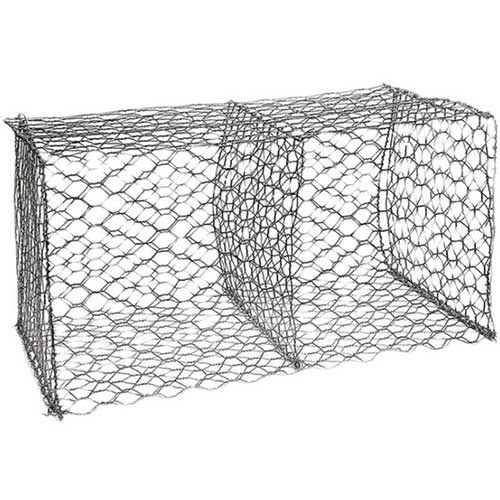-
 Phone:
Phone: -
 Email:
Email:

Exploring the Versatility and Applications of Concrete Tie Wire in Construction Projects
Understanding Concrete Tie Wire An Essential Component in Construction
In the realm of construction, the proper selection of materials can significantly influence the stability and longevity of a structure. One such material that plays a pivotal role in reinforcing concrete is the concrete tie wire. This article will delve into the characteristics of concrete tie wire, its applications, and the advantages it brings to construction projects.
What is Concrete Tie Wire?
Concrete tie wire, often referred to as rebar tie wire, is a type of wire used primarily to secure and reinforce the positioning of rebar (reinforcing bar) in concrete structures. Typically made from steel, it is designed to withstand the demanding conditions of construction environments. Its primary purpose is to keep the rebar in place during the pouring and setting of concrete, ensuring that the structure maintains its integrity and strength over time.
Characteristics of Concrete Tie Wire
Concrete tie wire is characterized by its high tensile strength and flexibility. These properties are essential because they allow the wire to hold the rebar firmly while still permitting some degree of movement during the concrete setting process. The wire is usually coated with a protective layer to mitigate the risk of rust and corrosion, enhancing its overall durability in various conditions.
The standard diameter of concrete tie wire ranges from 16 to 18 gauge, providing a balance between robustness and ease of handling. It comes in spools or coils, making it convenient for construction workers to take it to different work sites and apply it as needed.
Applications of Concrete Tie Wire
Concrete tie wire is primarily used in residential, commercial, and industrial construction. Here are some of its common applications
1. Rebar Tying The most significant application of concrete tie wire is in tying rebar together. This is critical for creating a stable and evenly distributed tensile strength within the concrete structure. Properly tied rebar prevents shifting and ensures that the concrete can effectively handle stress.
concrete tie wire

2. Formwork Support In addition to tying rebar, concrete tie wire is used to secure formwork—temporary or permanent molds into which concrete is poured. Secure formwork is essential for achieving the desired shape and durability of the concrete structure.
3. Wire Mesh Installation Concrete tie wire is also utilized in the installation of wire mesh, which provides additional reinforcement for slabs and other flat surfaces. This is particularly important in areas that experience heavy loads or traffic.
Advantages of Using Concrete Tie Wire
Using concrete tie wire in construction projects offers several advantages
1. Enhanced Structural Integrity By securing rebar and other reinforcement materials, concrete tie wire helps improve the overall strength and durability of concrete structures. This is crucial for structures that need to withstand heavy loads and environmental forces.
2. Cost-Effectiveness Concrete tie wire is relatively inexpensive compared to other reinforcement solutions. Its cost-effectiveness does not compromise quality, making it a popular choice among contractors.
3. Ease of Use The flexibility and lightweight nature of concrete tie wire facilitate easy handling and application. Construction workers can efficiently tie rebar in various configurations, ensuring a secure and balanced reinforcement structure.
4. Durability With its resistance to rust and corrosion, especially when coated, concrete tie wire can maintain its integrity over long periods, contributing to the longevity of the structures it helps reinforce.
Conclusion
Concrete tie wire may appear to be a small component in the complex world of construction, but its importance cannot be overstated. By ensuring the secure placement of reinforcement materials, it plays a crucial role in the safety and durability of concrete structures. Understanding its characteristics and applications can help construction professionals optimize their projects, leading to safer and more resilient buildings that stand the test of time.
-
Reinforce Your Projects with Versatile Hexagonal Wire MeshNewsSep.12,2024
-
PVC WireNewsSep.12,2024
-
Maximize Your Closet Space with Clothes Hanger WireNewsSep.12,2024
-
Enhance Safety and Stability with Premium Rock Netting SolutionsNewsSep.12,2024
-
Bucket Handle WireNewsSep.12,2024
-
Baling Wire: Your Ultimate Solution for Securing and BundlingNewsSep.12,2024
-
What’s the Cost of Securing Your Property? Breaking Down Barbed Wire Fence PricesNewsAug.30,2024








